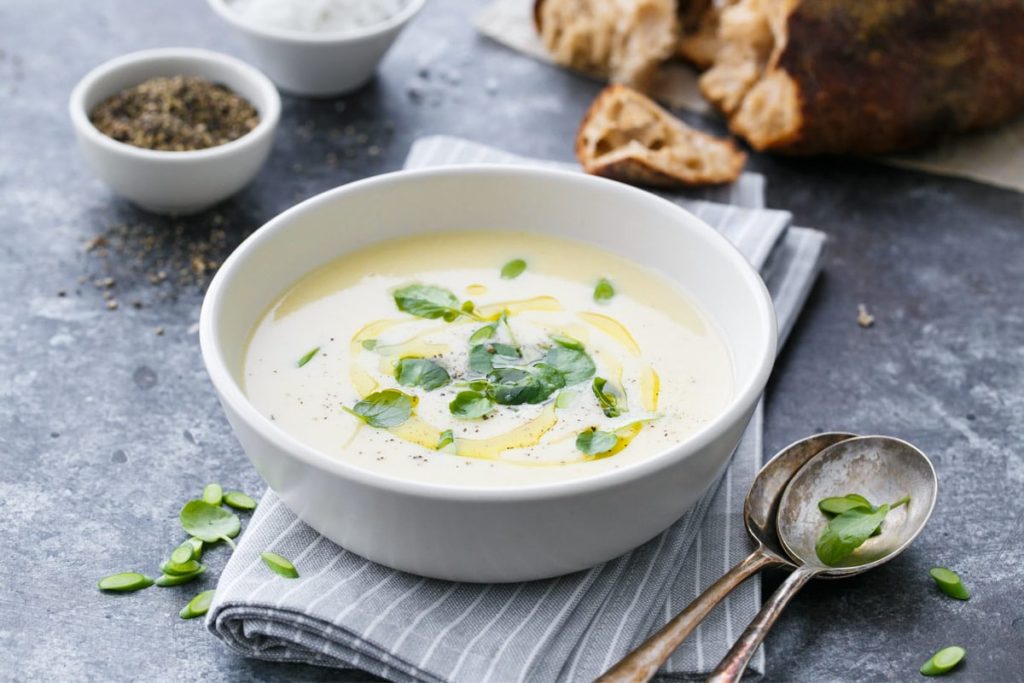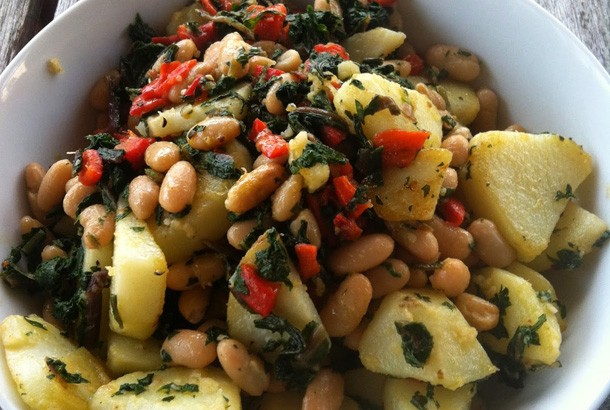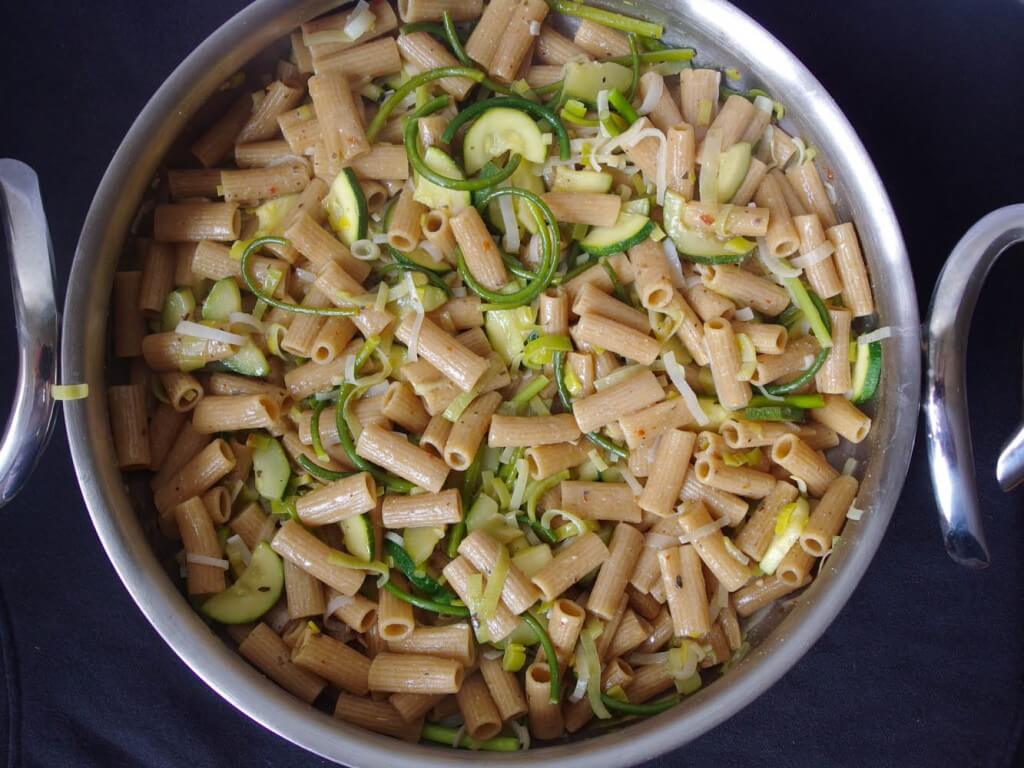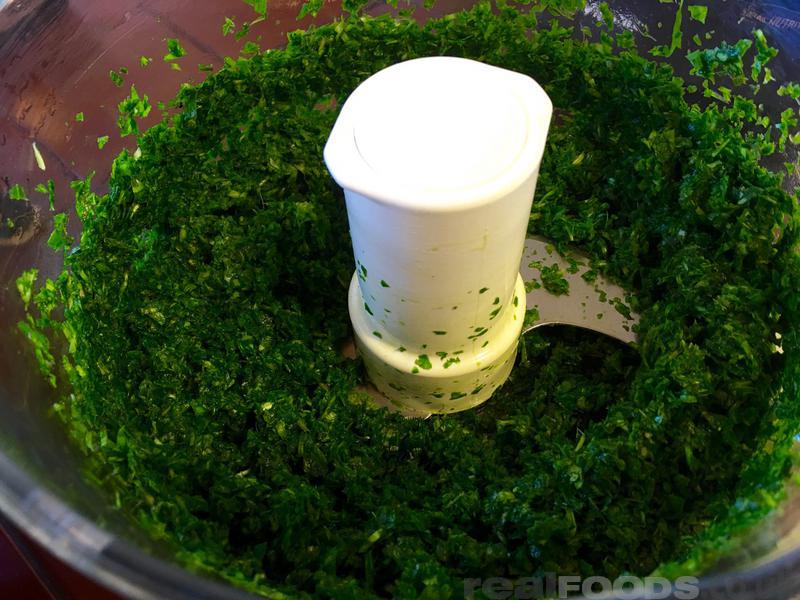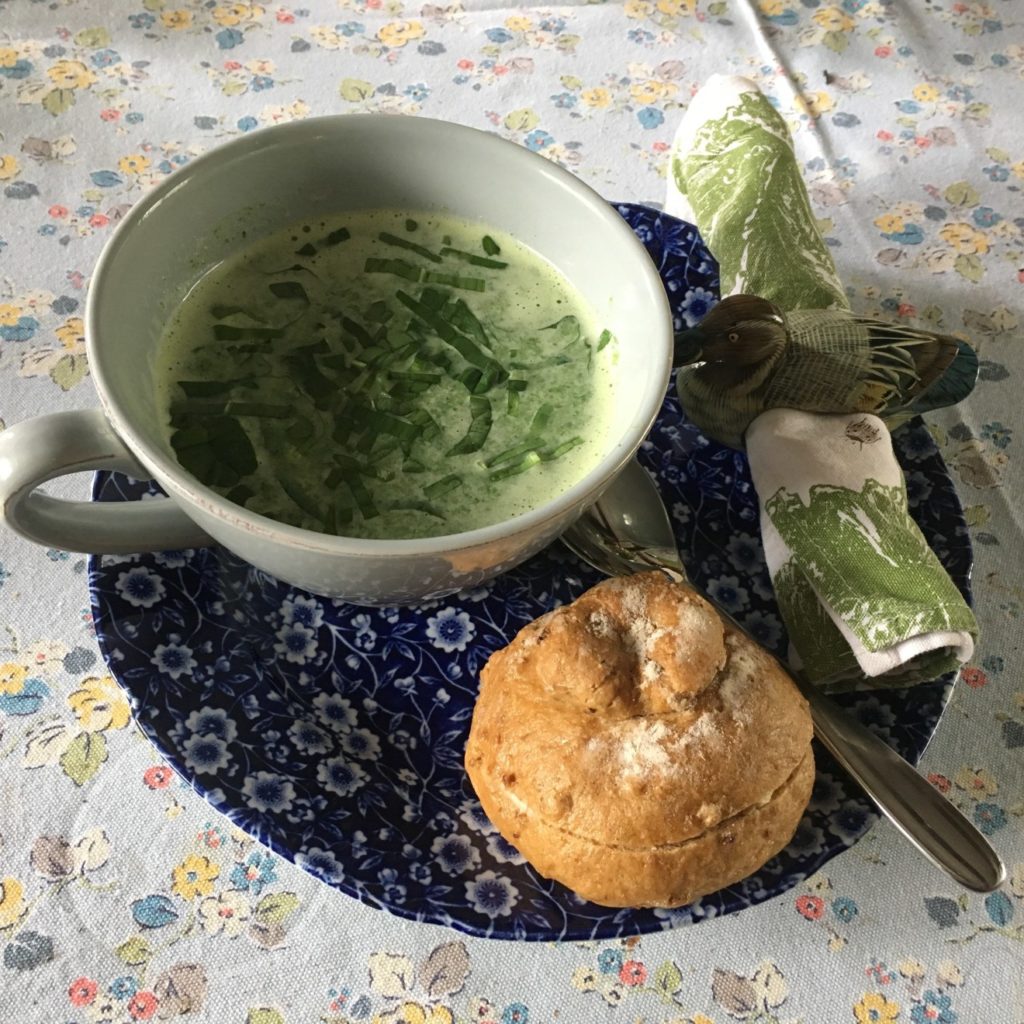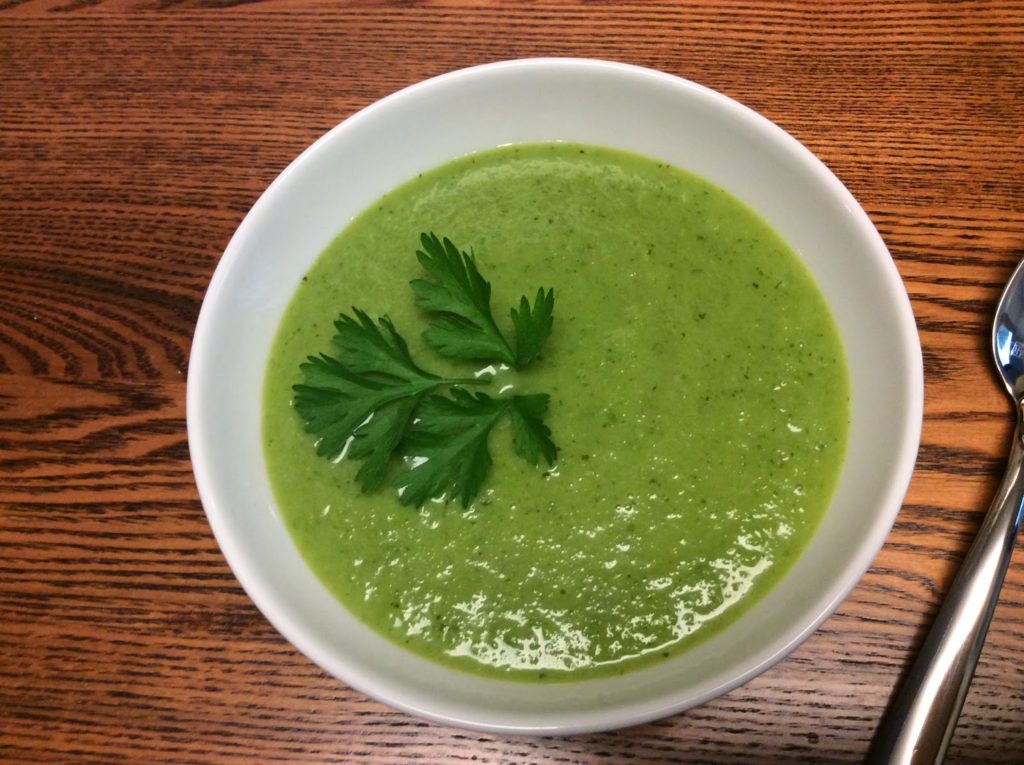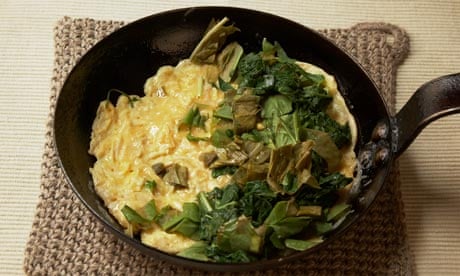Dandelion Jelly
Dandelion Jelly
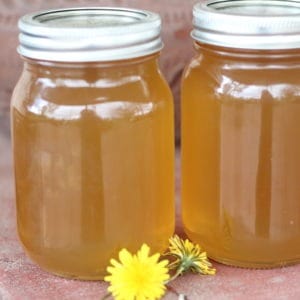
2 c. dandelion flowers (harvested from pesticide free location)
4 c. sugar
1 pkg. or 6 T. powdered pectin
2 T. lemon juice
1/4 tsp. butter
Rinse dandelions in a colander and remove stems by snipping them off with a pair of kitchen scissors. Place dandelions in a bowl and cover them with 4 C. of boiling water. You are essentially going to make “dandelion tea.” After the water cools off, place the bowl of water and dandelions in the refrigerator until the next day. It was two days until I got back to mine, but it was just fine. The next day, run the mixture through a fine mesh strainer to remove the pieces of dandelion. You should end up with a clear liquid. If not, try pouring it through the strainer again. Measure the tea, adding a little water if necessary to get exactly 4 C. of liquid. Pour liquid into a large stock pot. Stir in lemon juice. Sprinkle the pectin on top of the juice and use a whisk to mix it together. Stirring constantly, heat until boiling. Boil for one minute. Add the pinch of butter and return to a boil. Add the sugar to the pot all at one time (measure it and have it ready ahead of time). Stir until sugar is dissolved. Return to a boil and boil for one minute. Remove the pan from the heat. Remove any foam with a metal spoon. Ladle the jelly into hot sterilized jars, leaving ¼ inch head space, and process in a boiling water canner for 5 minutes. Remove jars from canner and place on a towel on the kitchen counter to cool. Lids will make a pinging noise when they seal. If a jar does not seal, place it in the refrigerator and eat in the next couple of weeks. Cooled sealed jars can be stored in the pantry for several years.
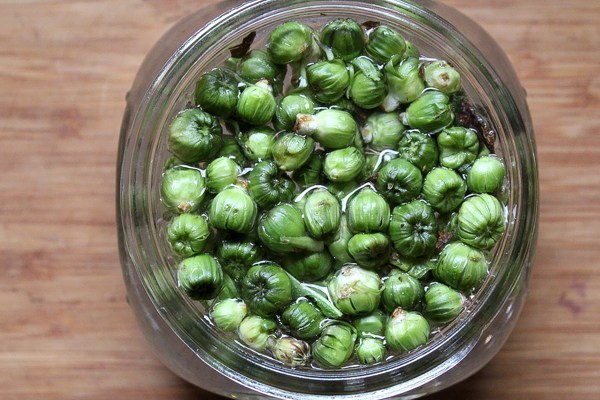
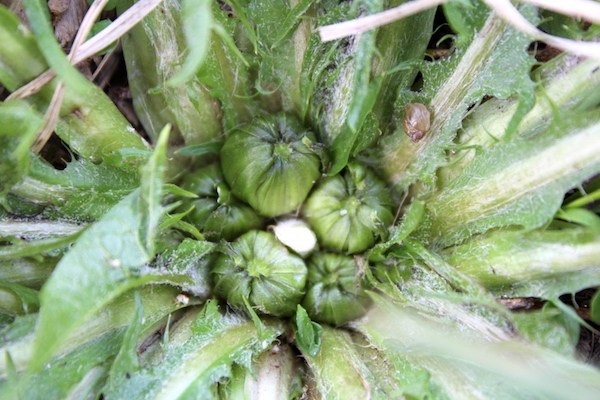

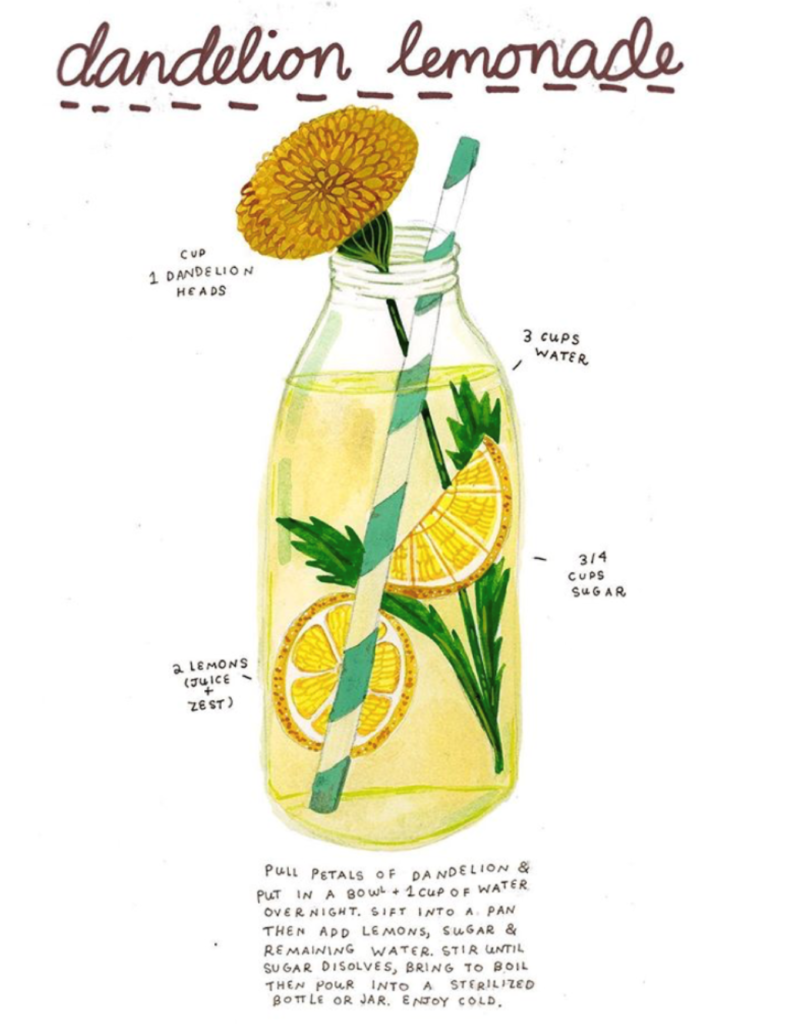
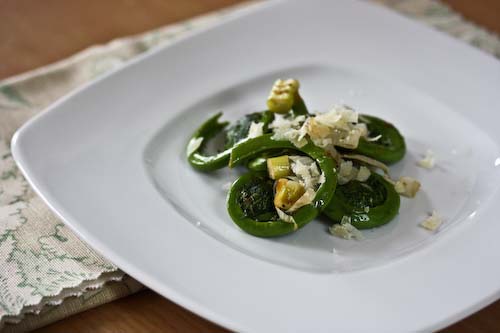
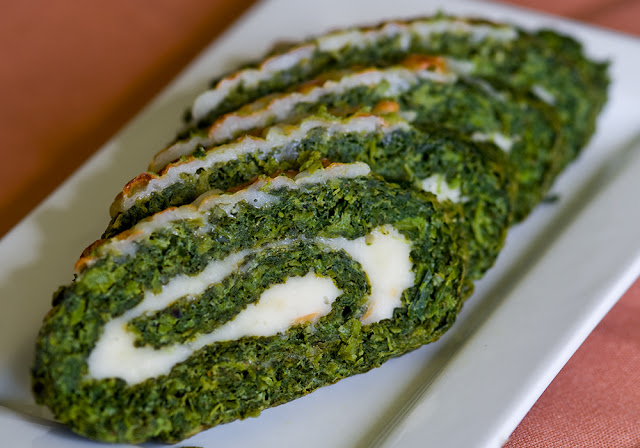 Garlic Mustard Roulade
Garlic Mustard Roulade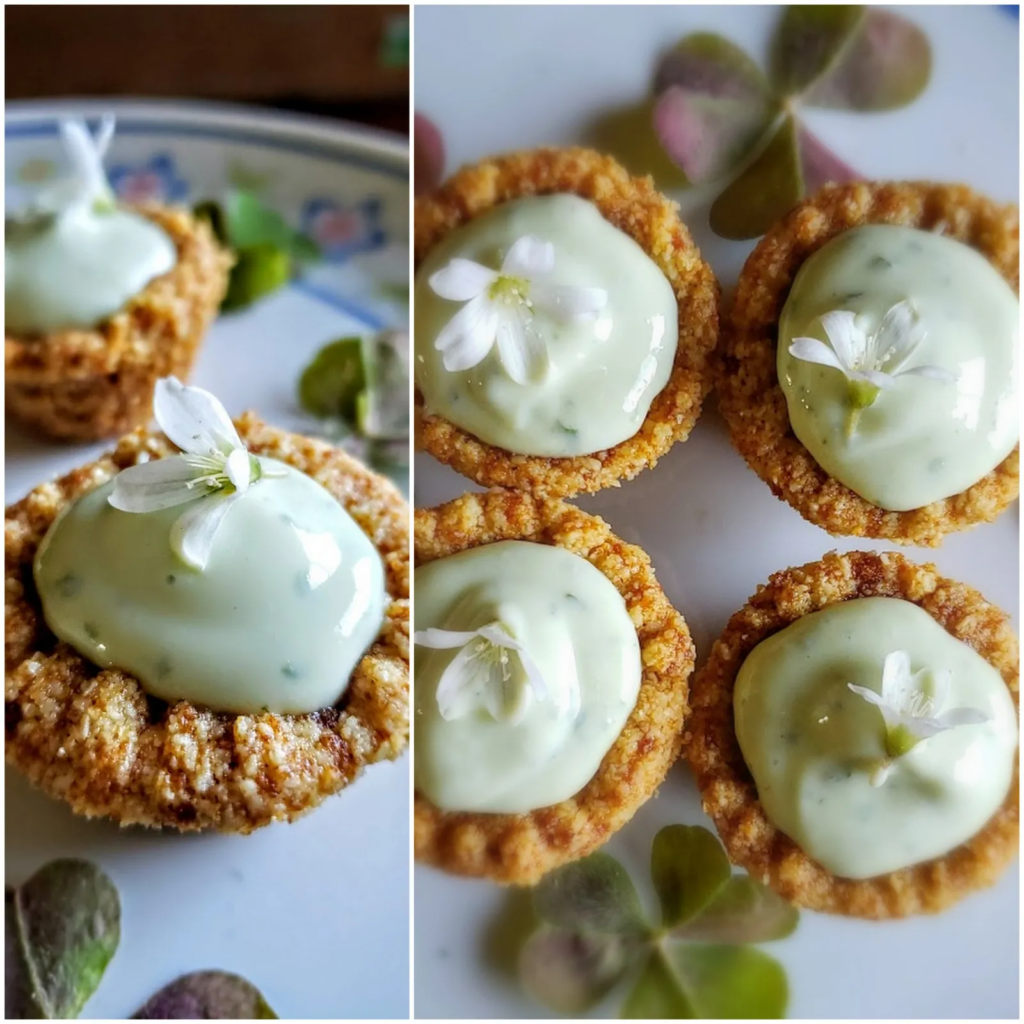 Wood Sorrel Cream Tarts
Wood Sorrel Cream Tarts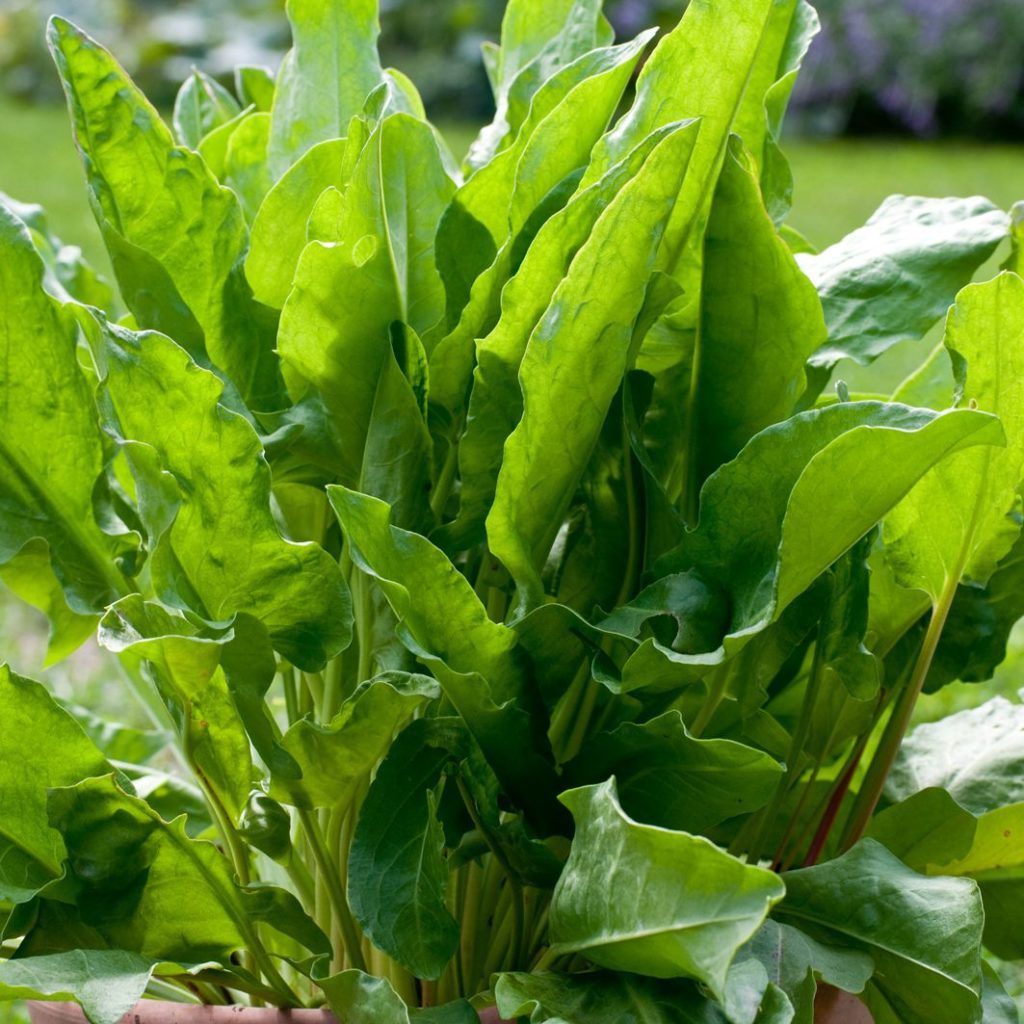
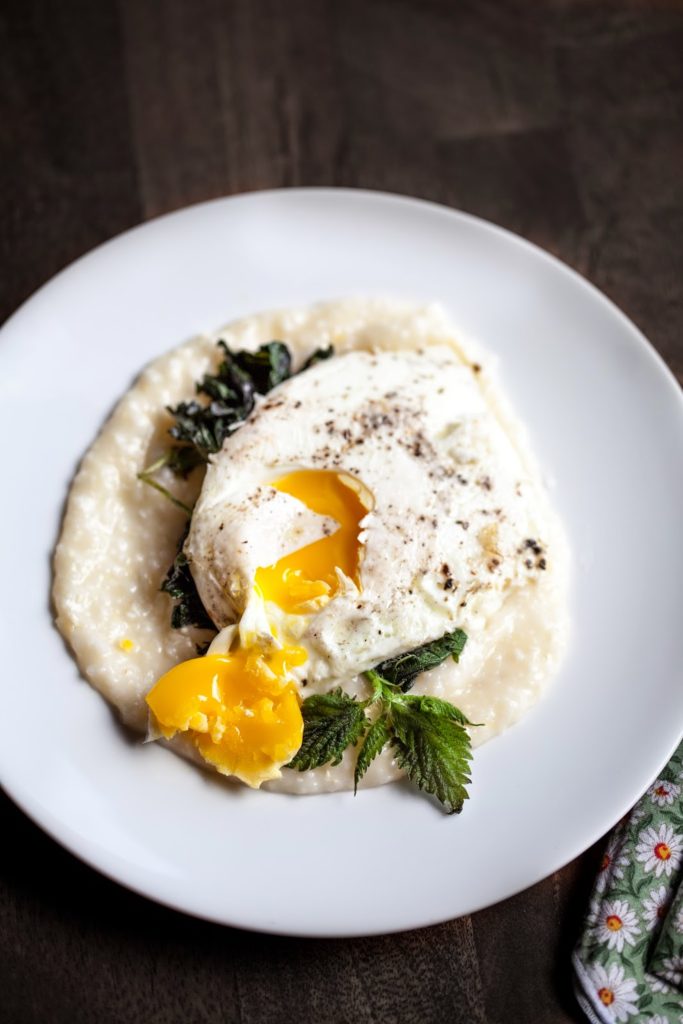
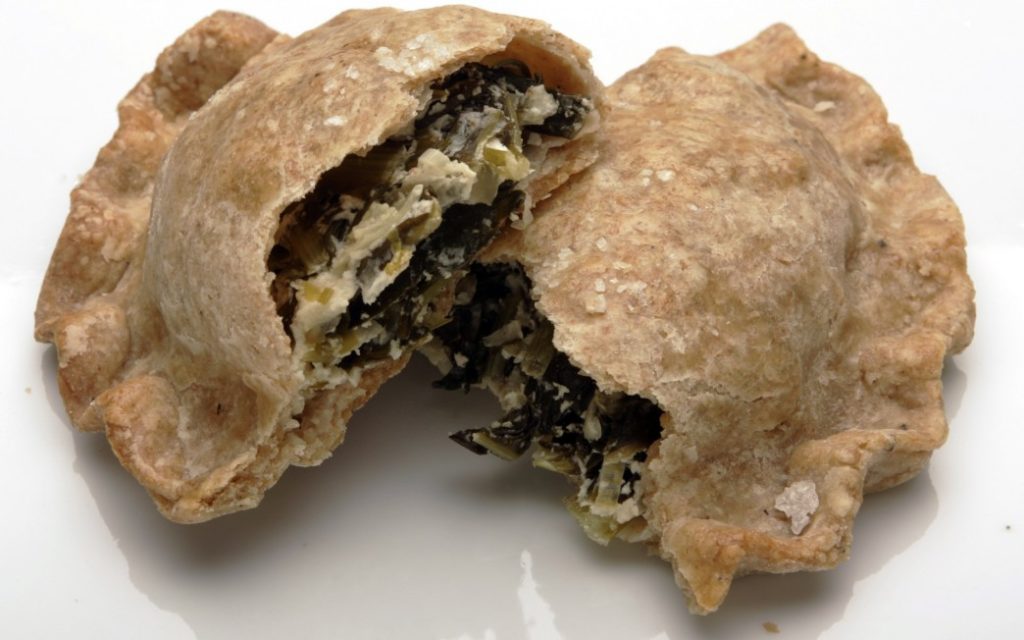
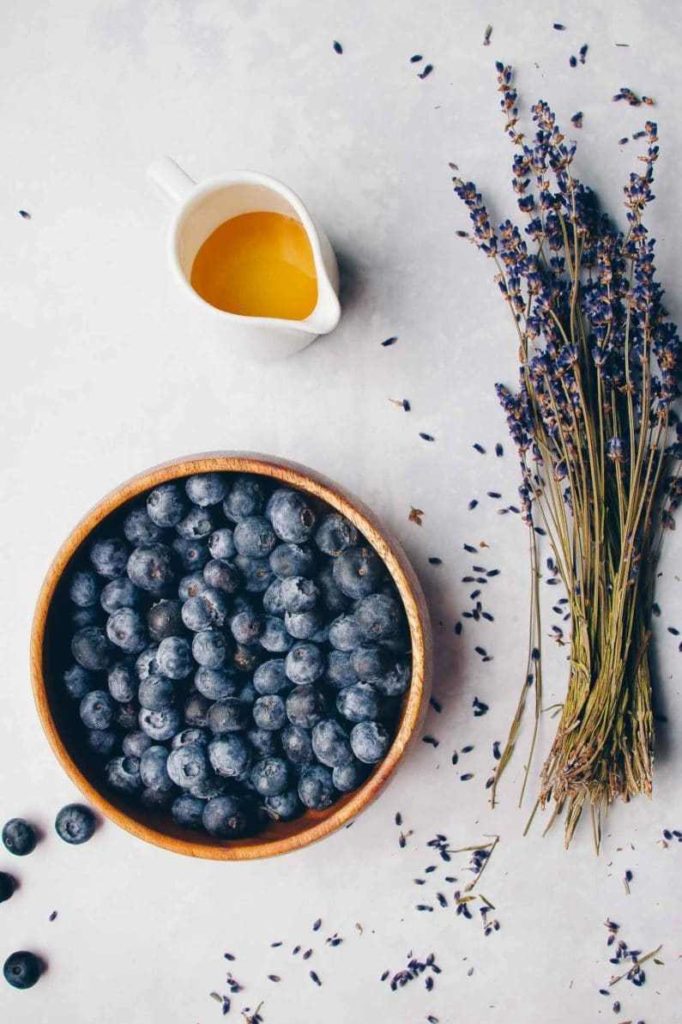 Cornmeal Pancakes with Huckleberry Syrup
Cornmeal Pancakes with Huckleberry Syrup
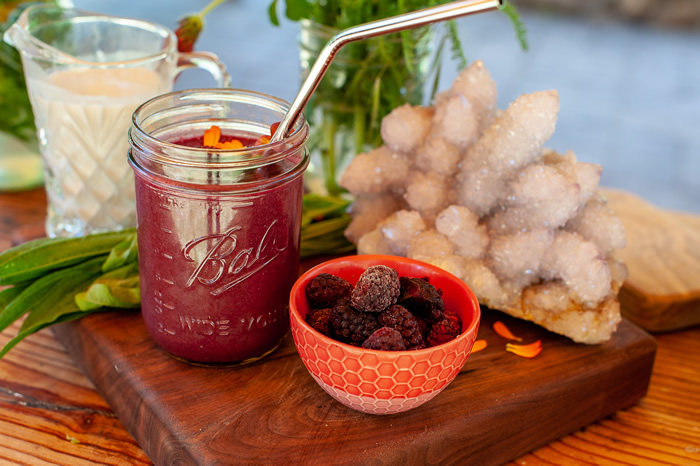 Wild Harvest Berry Tonic Smoothie
Wild Harvest Berry Tonic Smoothie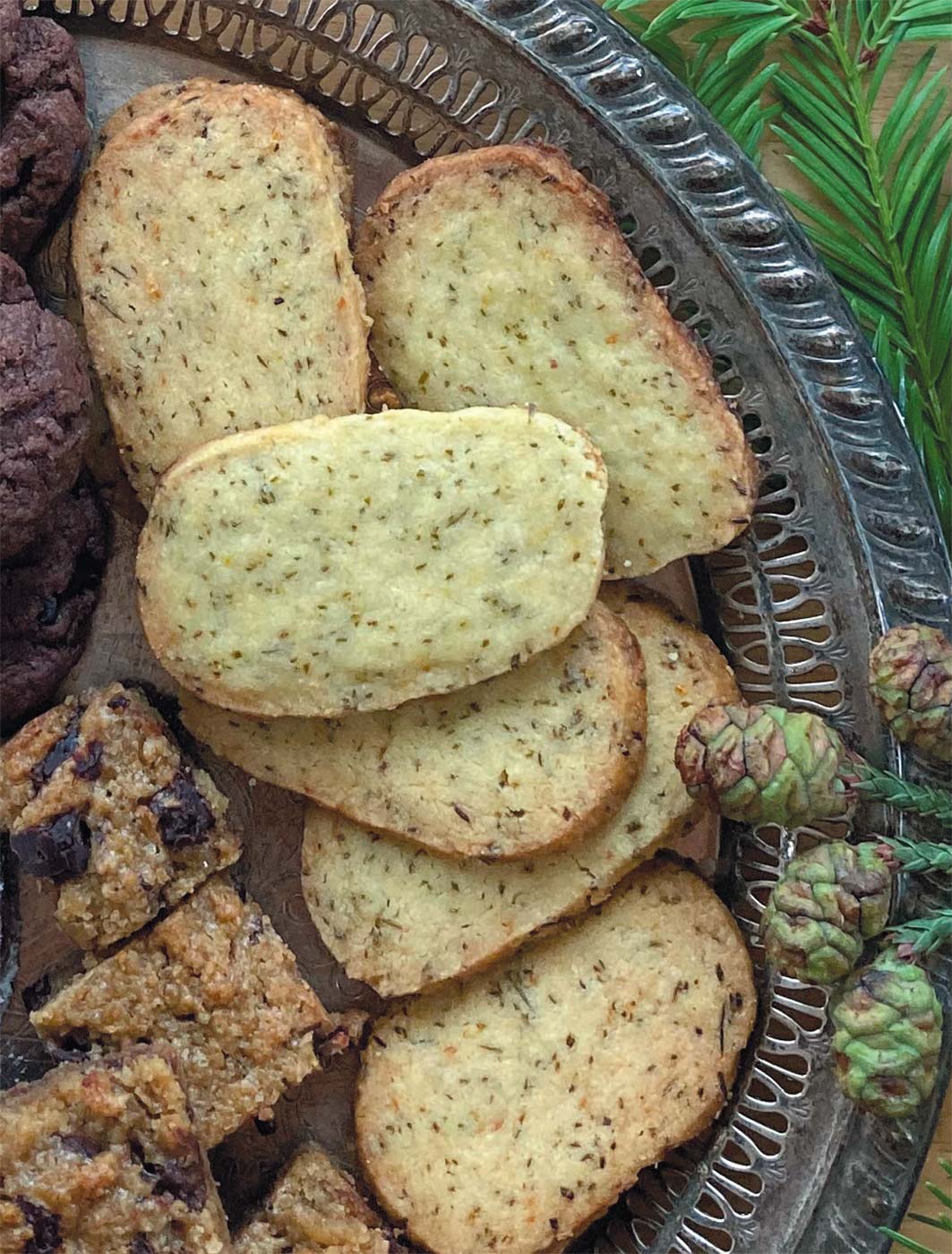 Conifer Needle Shortbread
Conifer Needle Shortbread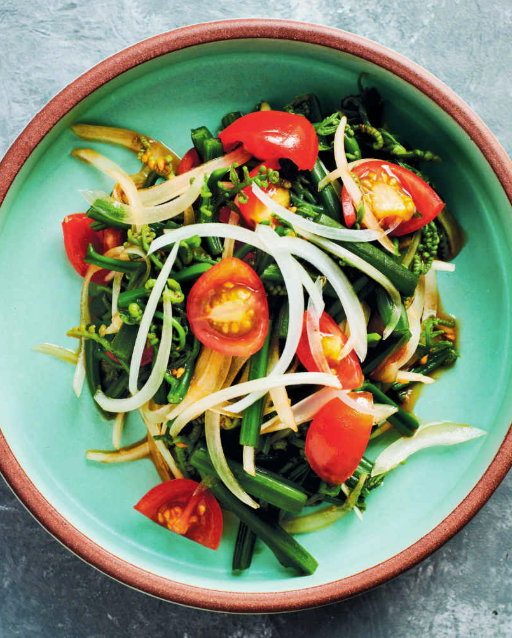
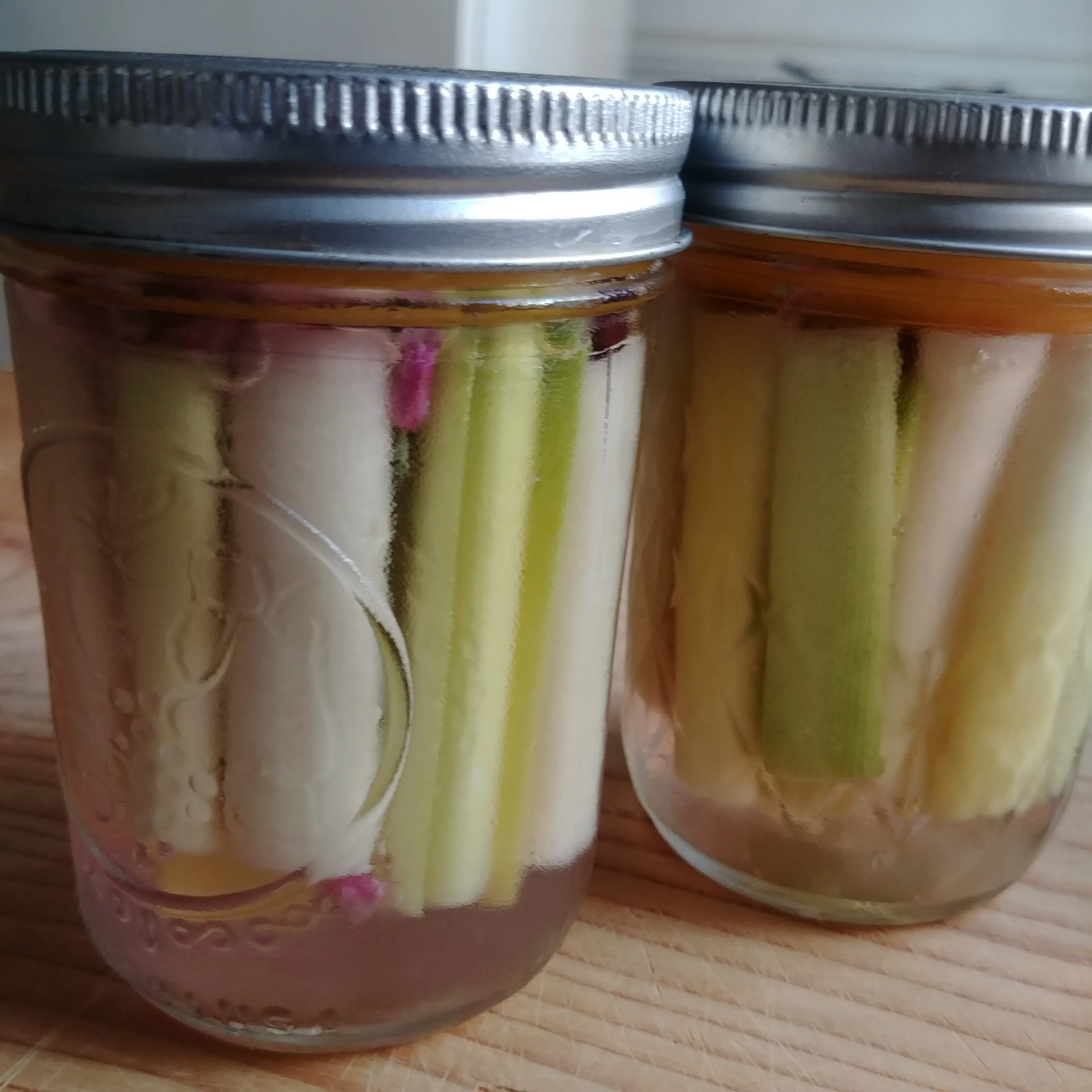 Pickled Cattail Shoots
Pickled Cattail Shoots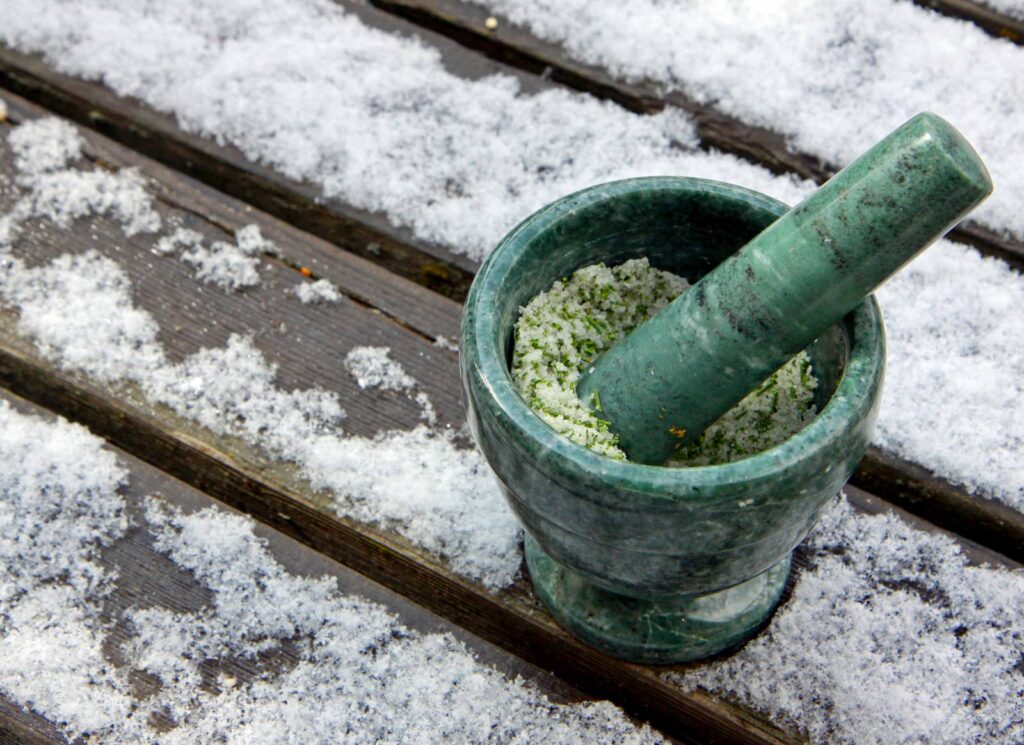 Grand Fir Salt
Grand Fir Salt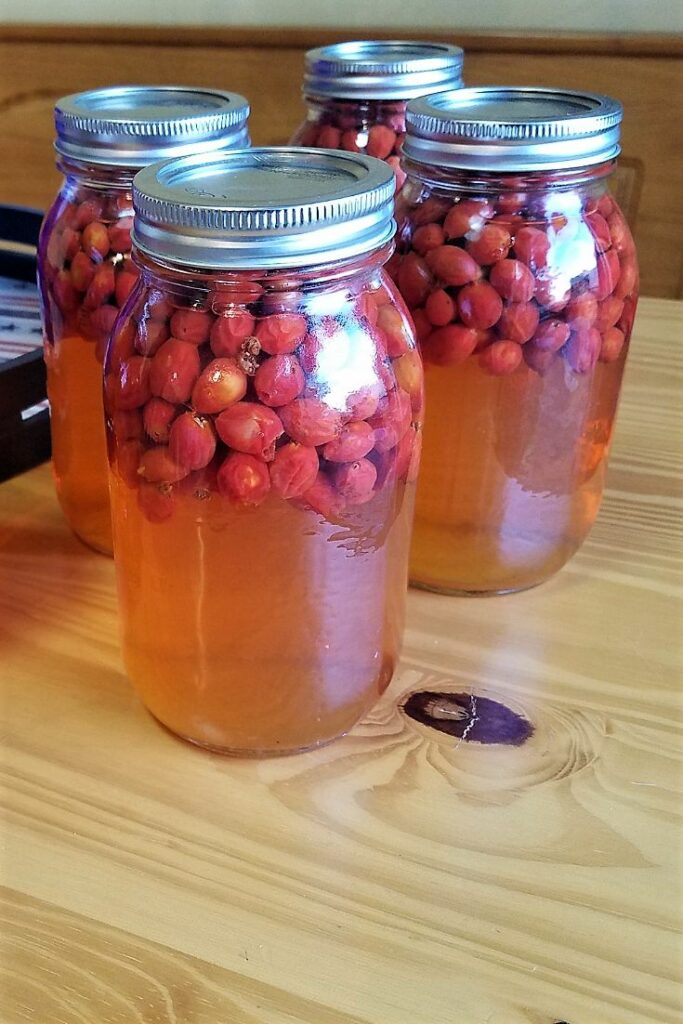 Rosehip Vinegar
Rosehip Vinegar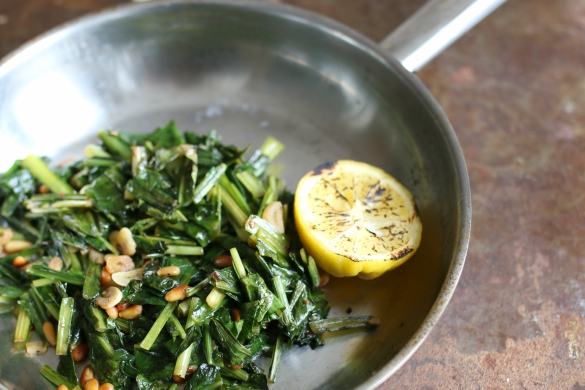 Foraged Spring
Foraged Spring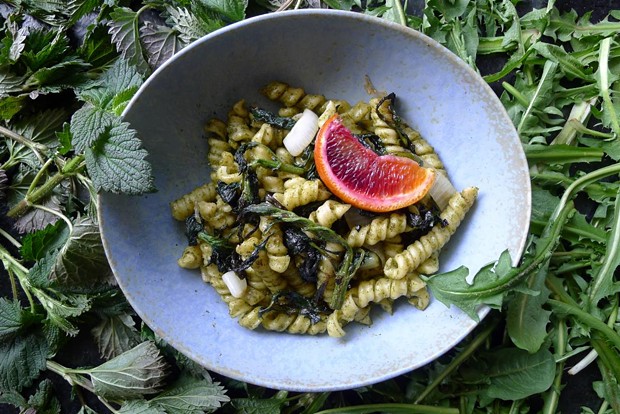
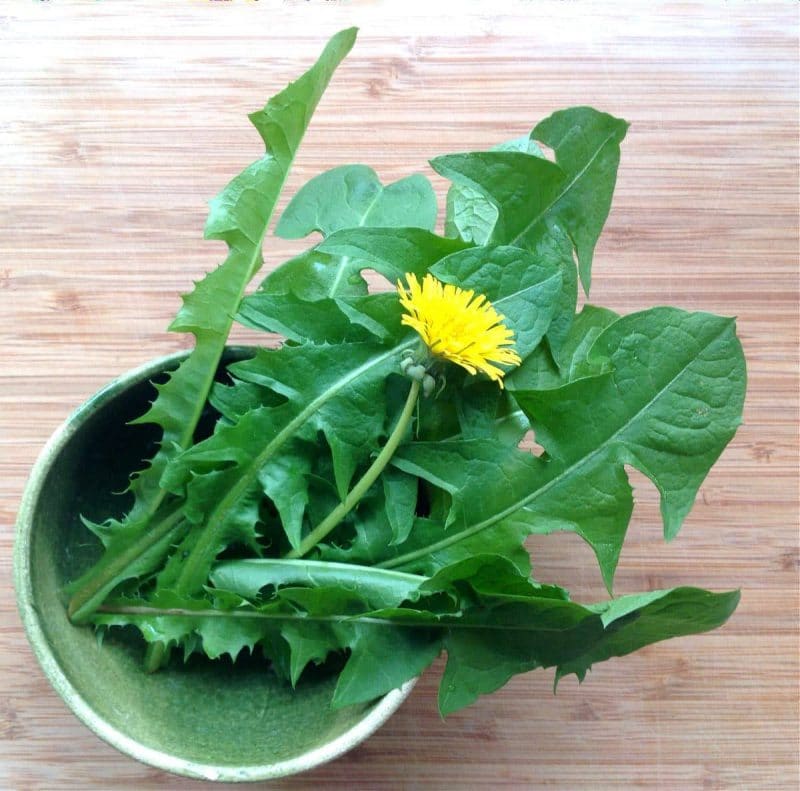
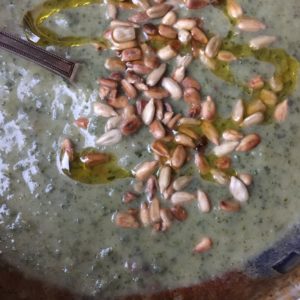
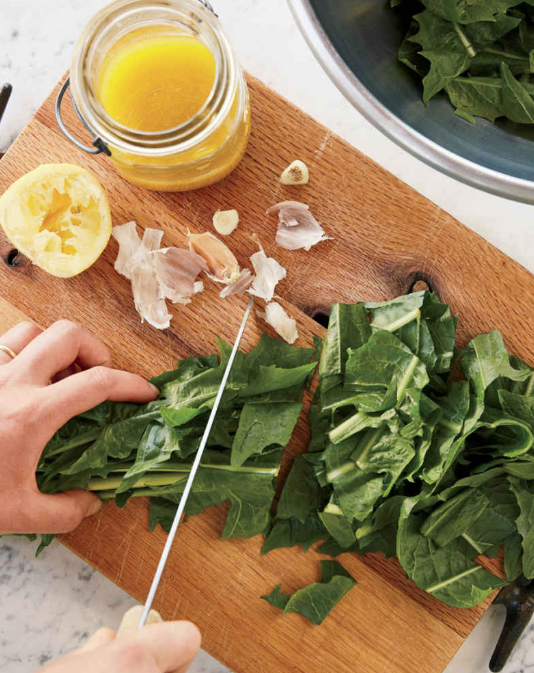
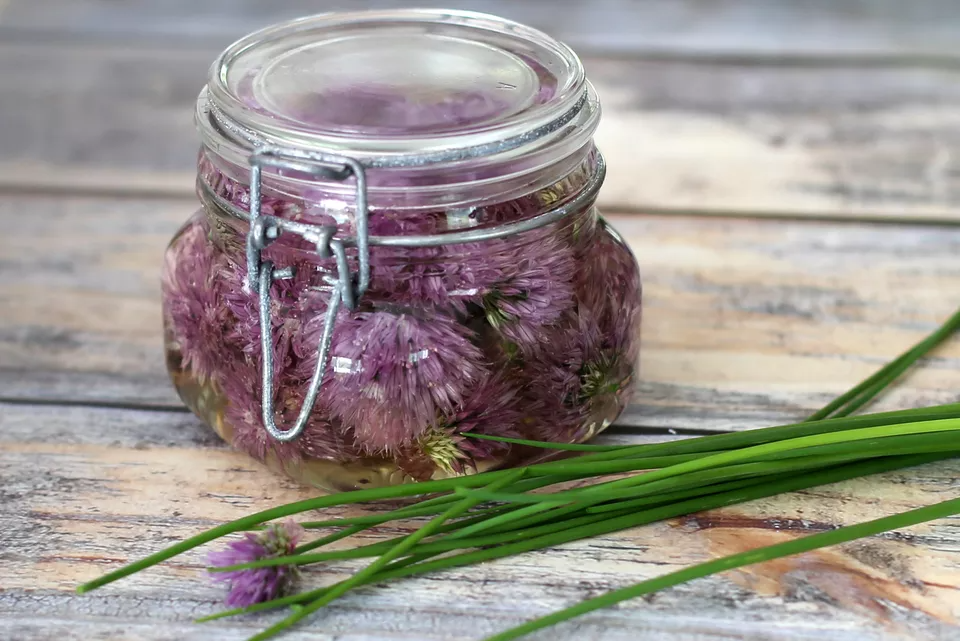
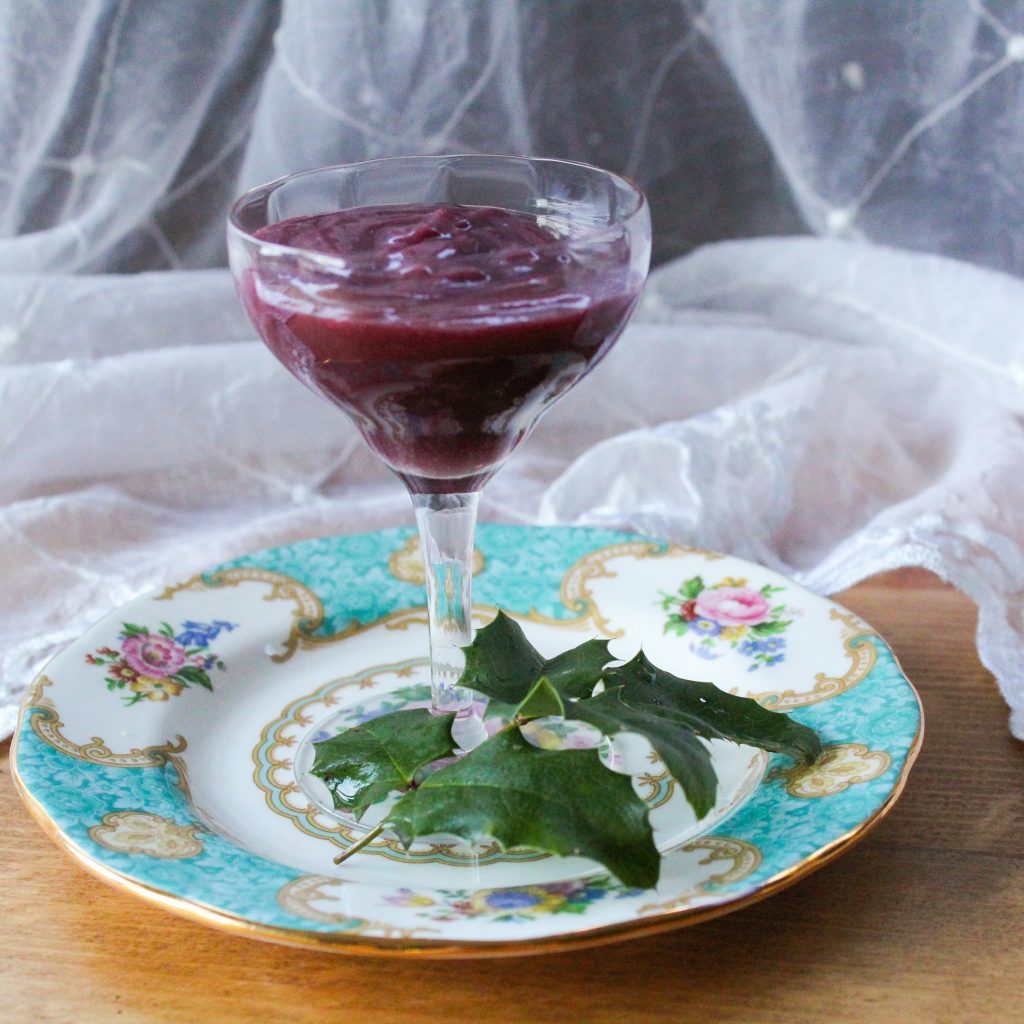

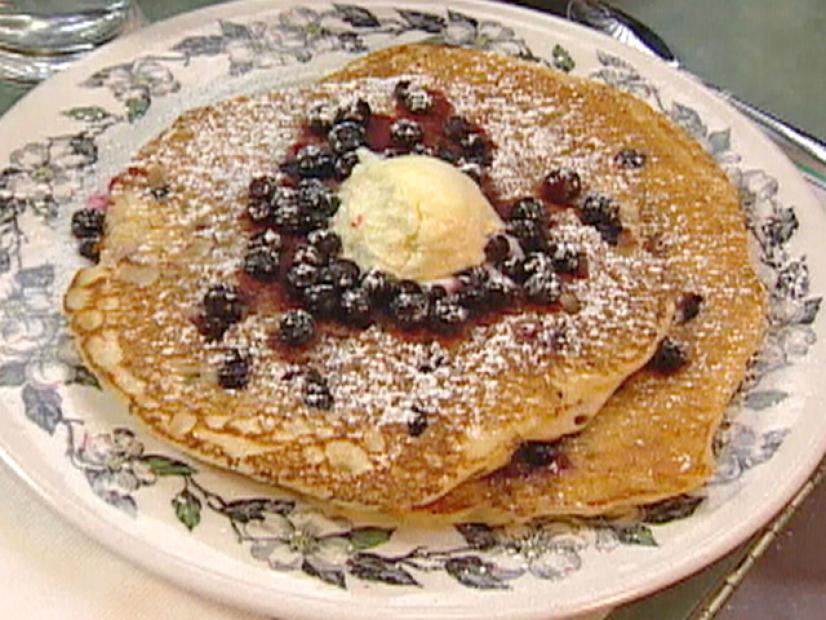
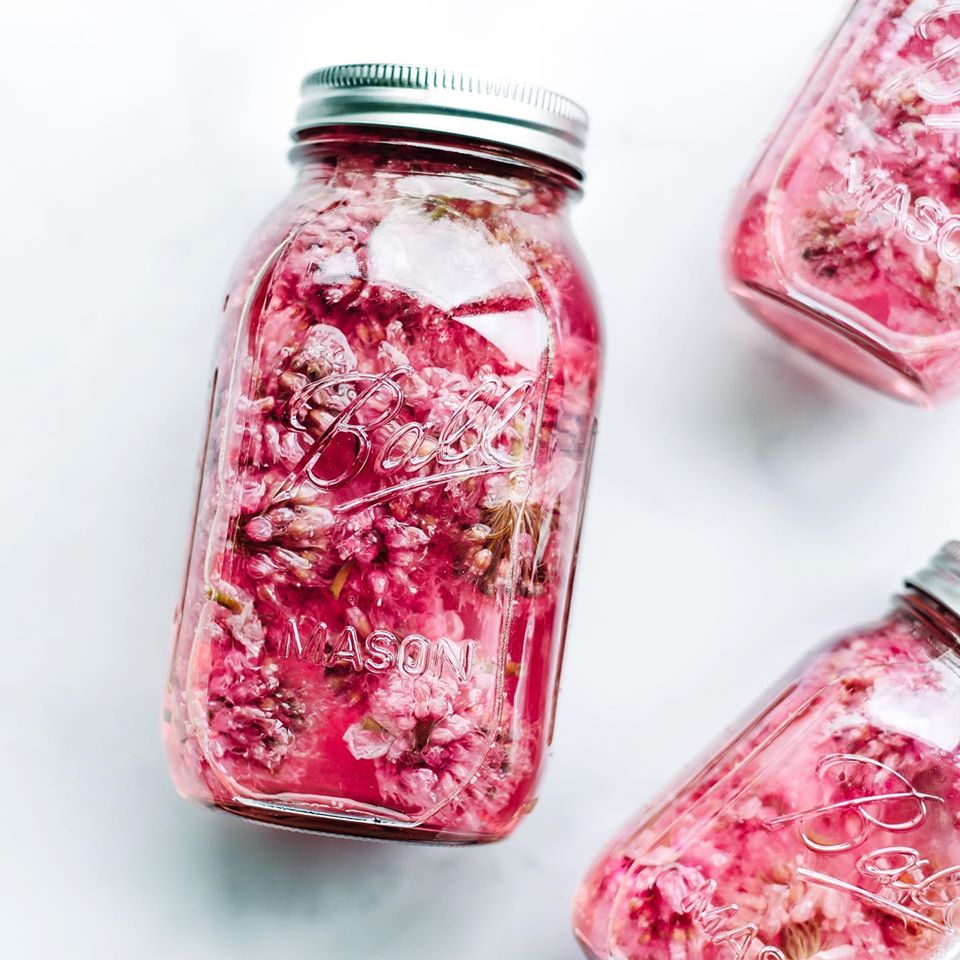
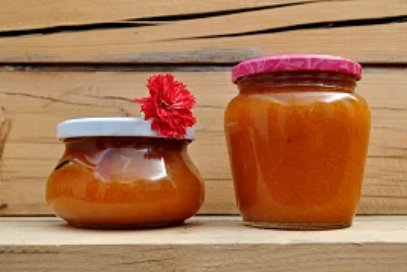
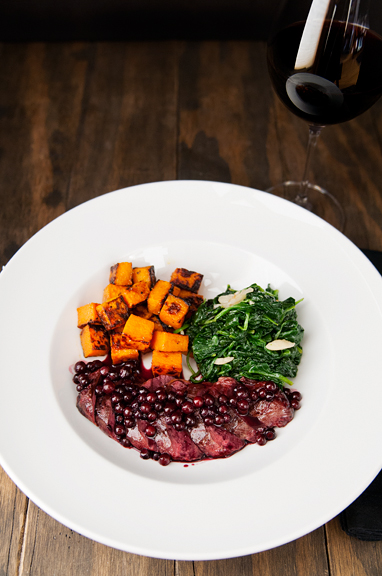 Seared Duck Breast with Huckleberry Gastrique
Seared Duck Breast with Huckleberry Gastrique